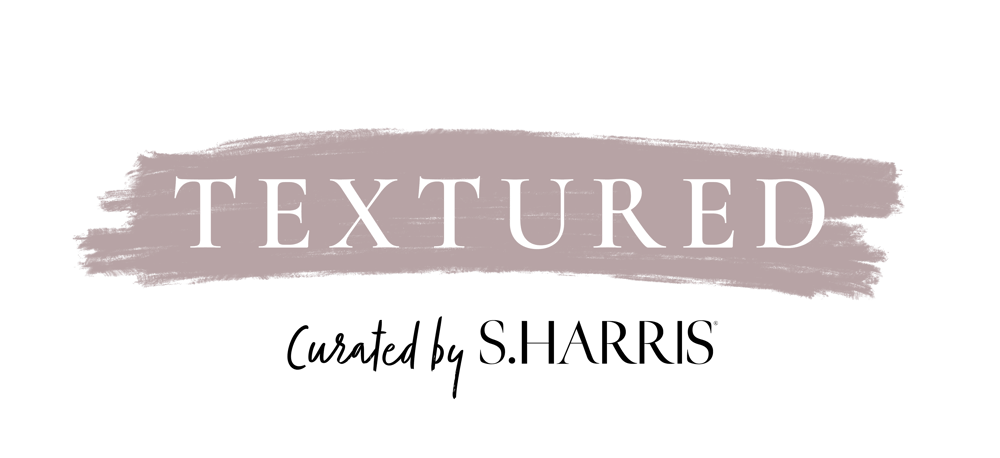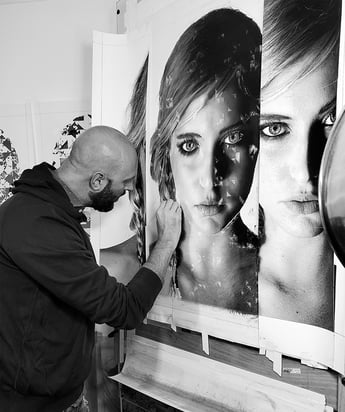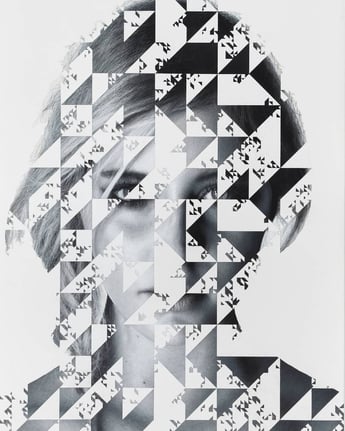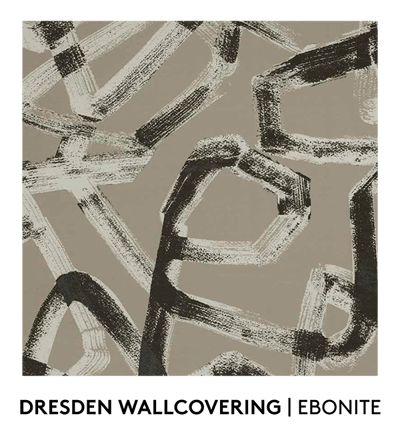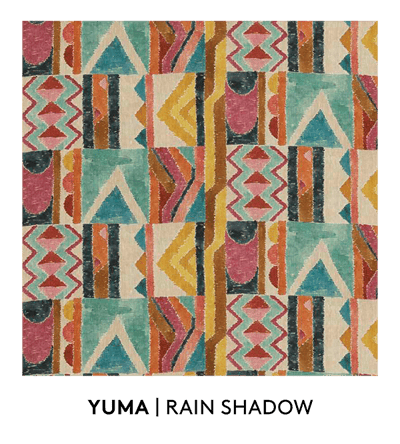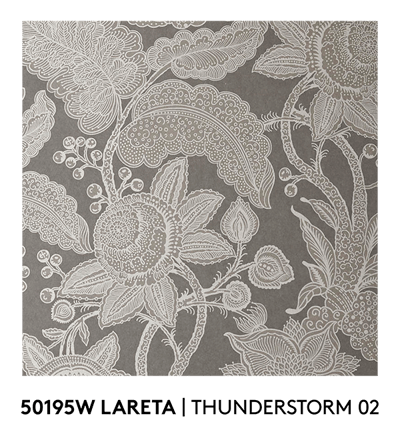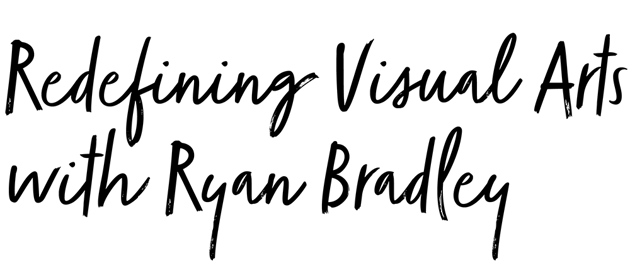 The lines between real and surreal have always been a bit blurred for photo-realist Ryan Bradley, who has made a name for himself with each multi-media piece he produces. Here, the New York-based artist sits in our hot seat, dishing on painstaking pattern making, influences from the arts and the perks of working while sheltering in place.
The lines between real and surreal have always been a bit blurred for photo-realist Ryan Bradley, who has made a name for himself with each multi-media piece he produces. Here, the New York-based artist sits in our hot seat, dishing on painstaking pattern making, influences from the arts and the perks of working while sheltering in place.
RAPID FIRE
Coffee or tea… coffee with a raw egg, every day for the past five years.
Mantra… keep it simple, stupid.
Never without… complications or a pocket square.
Blank is the new blank… clumsy is the new precedent.
Color you couldn’t live without… hot Pink/Fuschia.
Fave color combo… I like jarring combinations of different temperatures/values/saturations of the same hue. (Deep Forest and Neon Turquoise/ Light Cadmium Red and Alizarin).
Design muse… poppies.
Favorite museum… The Met.
Last book you read… Verner Panton Die Spiegel-Kantine.
Design is… efficiency.
If you were a color it would be… aubergine.
I’m a firm believer in… both, the notion that *A good artist never blames their materials, and also, that an artist is only as good as their materials.
DEEP DIVE
Tell us how you found your style and expression of art. What’s the journey been like? 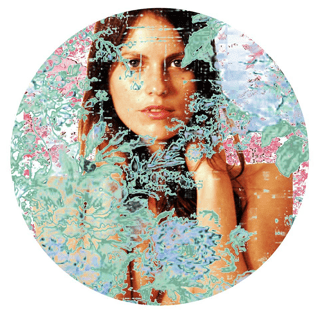
I am interested in three concepts mainly—the deconstruction of the figure or subject, migration of pattern, and how they tie together. When in grad school I started thinking about the idea that patterns themselves don’t have to be rigid or stagnant, they can be mobile and portray movement. They can freely move and have both dispersions and swarms.
How does your process work?
I have always been enamored of the additive/subtractive design process. The idea that what is unsaid/absent is just as important, if not more, than what is readily available. The story that I am usually more interested in telling, is not about the subject or focal point, but rather about the Void.
Do you have any personal favorite themes or series that you defer to?
I create two forms of Art: My *Fine Art figurative paintings, which are hand painted in Soft Pastel, and my pattern-based work, which are Digital Collages, built and created in Photoshop, and comprised of thousands of floral photos and hand drawn textures/gestures/marks.
What motifs are you consistently gravitating towards? 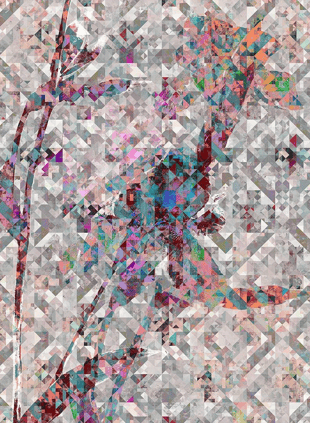
The development of my patterns can easily take up to, or even exceed, a year. Building them in Photoshop, they can then be adjusted, modified or tailored to fit a specific project or application. I build thousands of patterns. Most will be discarded, though some will then be turned into textiles for fashion, some into wall-coverings, and others into fully realized pastel paintings.
Who or what has been your biggest influence or muse?
I am interested in every facet of design, and am enamored of all carefully considered aesthetics. Composition, form, color, symmetry, silhouette, contour, proportion, and balance: these are all elements equally important to both fashion and other studies of design as they are to painting and drawing. Pulling influence from many forms of decorative arts, textile design continues to be my main source for inspiration, specifically, the elaborate ornamentation of Victorian floral motifs and Baroque design. A recent series titled Fabienne I-V was developed as a system of successional tessellations, puzzling hard-edged geometric forms loosely inspired by Anni Alber’s etching titled Second Movement IV, 1978.
What appeals to you about working in the contract space?
Previously, my work has almost solely existed in the Fine Art gallery venue, contract work is something new that I am learning to navigate, as I go. That said, I am enormously interested in an immersive experience of my total aesthetic; paintings, wallcoverings, textiles, rugs, gowns, all sharing one space. 
How has this quarantine time shifted your creative energy?
The beginning of Quarantine was the most productive period of my entire life. Having the time to focus and fully immerse myself in the work, without distraction, was incredibly valuable. I credit that time, with numerous breakthroughs, purely because I could fully delve into the work and process.
Talk to us about your creative approach. How does an idea or concept transition into action?
I generally work within the framework of a successional series. Multiple paintings or patterns serve as singular elements within an overall puzzle. Each image informing the next; what is absent in one, is readily apparent in the following. These components are taken together as a whole to bridge and complete the fragmented composition in its entirety. That said, each individual *component needs to stand on its own, of its own merit. And, that is where both the difficulty and excitement come from, building and constructing the work. All begin construction digitally in Photoshop. A specific series intended for portraits may see up to hundreds of iterations before finally choosing the various components of the series.


Subscribe to our blog below this post, and we'll send Textured straight to your inbox.
Cara Gibbs
Cara is a freelance design and lifestyle writer, editor, and stylist residing in Manhattan. Formerly the principal style editor at Luxe Interiors + Design, she now is a regular contributor to Architectural Digest, House Beautiful, Wallpaper, and The Wall Street Journal, among other publications. She is also the co-founder of the artisan marketplace, In The Pursuit, a platform that marries content with commerce through a lifestyle lens.
Subscribe to our Blog
Copyright © 2020 S. Harris. All rights reserved.
